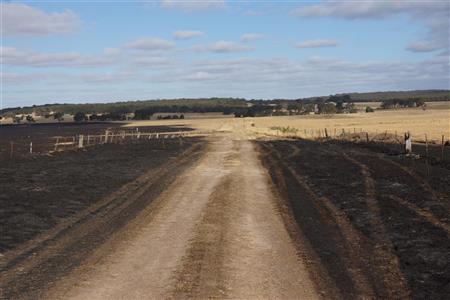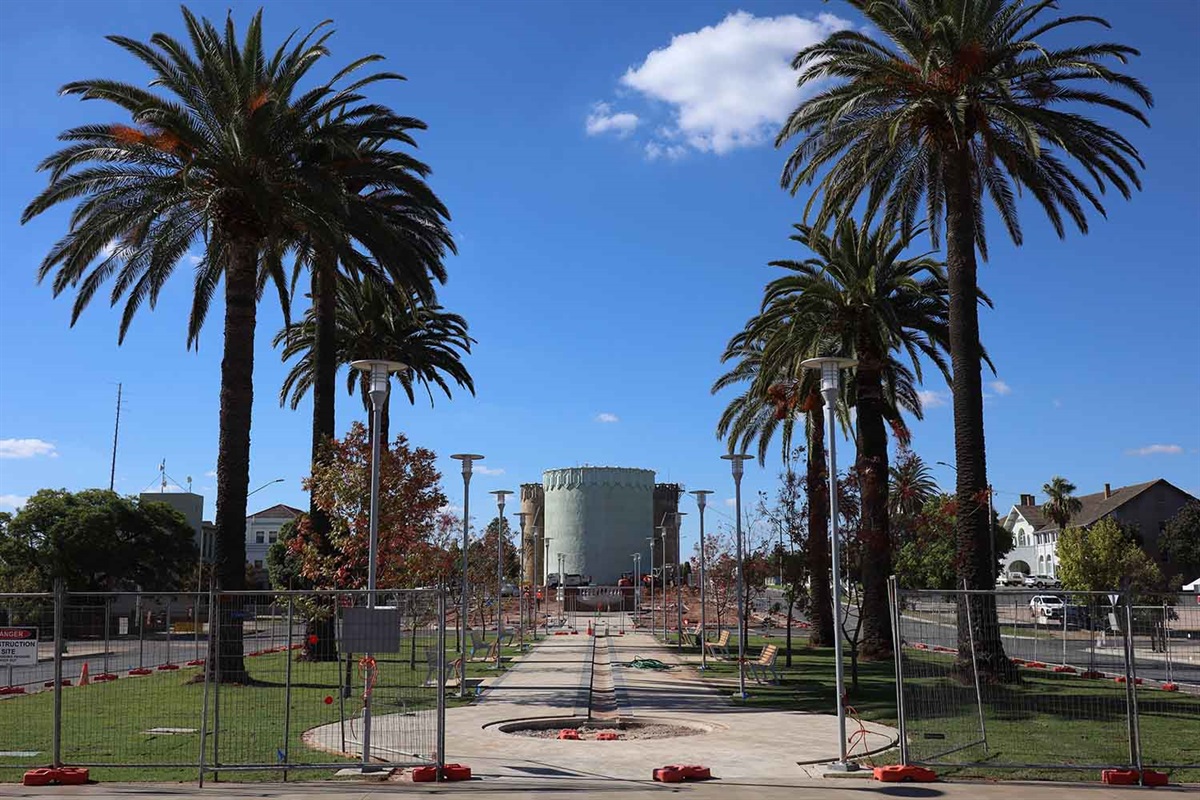Government, Iwi and a community organisation have banded together to turn around the fortunes of the nationally endangered hoiho/yellow-eyed penguin, which recently suffered a series of poor breeding seasons.
At the annual hoiho/yellow-eyed penguin symposium in Dunedin today, the Minister of Conservation Eugenie Sage announced Te Kaweka Takohaka mō te Hoiho/Yellow-eyed Penguin Recovery Strategy. It is a draft strategy to restore hoiho populations in the face of pressures from human activities, climate change, and predators alongside a supporting action plan.
“Hoiho are species unique to New Zealand that grace our $5 notes. Because hoiho occupy both land and sea, they’re exposed to an extensive range of threats, resulting in poor breeding and survival rates. They need all the support they can get to boost their numbers,” Eugenie Sage says.
The Department of Conservation (DOC), Te Rūnanga o Ngāi Tahu, the Yellow-eyed Penguin Trust and Fisheries New Zealand have worked together over the past year to develop the Strategy and associated Action Plan.
“Hoiho are a taonga species for Ngāi Tahu. The 2018/19 breeding season saw the number of breeding pairs in the ‘northern’ hoiho populations of mainland New Zealand, Rakiura/Stewart Island and Whenua Hou/Codfish Island at their lowest since 1990 with only an estimated 227 nests present at the beginning of the season.
Around 400 birds needed specialist treatment or rehabilitation. Starvation and avian malaria were strong factors as well as unexplained deaths.
“The strategy highlights that the immediate focus must be on the survival of individual hoiho to ensure we have a future population. This means continuing with management interventions such as caring for sick, injured and underweight birds.”
“Longer term the focus will shift to addressing marine impacts on hoiho. Right now, we don’t know as much as we’d like to about these impacts. The strategy also proposes to continue to improve the effectiveness of land-based management.”
“Everyone involved in hoiho conservation and users of the coast near hoiho breeding sites can help protect and support hoiho.”
Eugenie Sage also announced Te Mahere Rima Tau – a five-year hoiho action plan, at the symposium to support the strategy. Te Mahere Rima Tau will be assessed and updated annually and is likely to promote future investment in research and the rehabilitation of sick or injured hoiho. It will also involve working with fishers on bycatch mitigation.
An additional investment of $220,000 over three years from Budget 2018 will also go towards the conservation management of hoiho.
“I welcome public input on the Strategy and Five year Action Plan to help ensure it is the strongest plan possible for the hoiho.” Eugenie Sage said.
The strategy will be discussed further with Ngāi Tahu whānui, the public and stakeholders over the coming weeks and will be finalised by the end of 2019.








